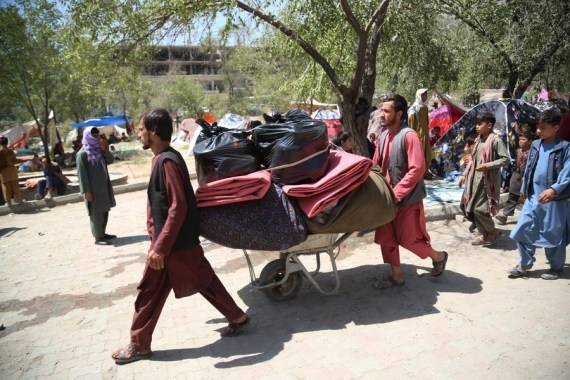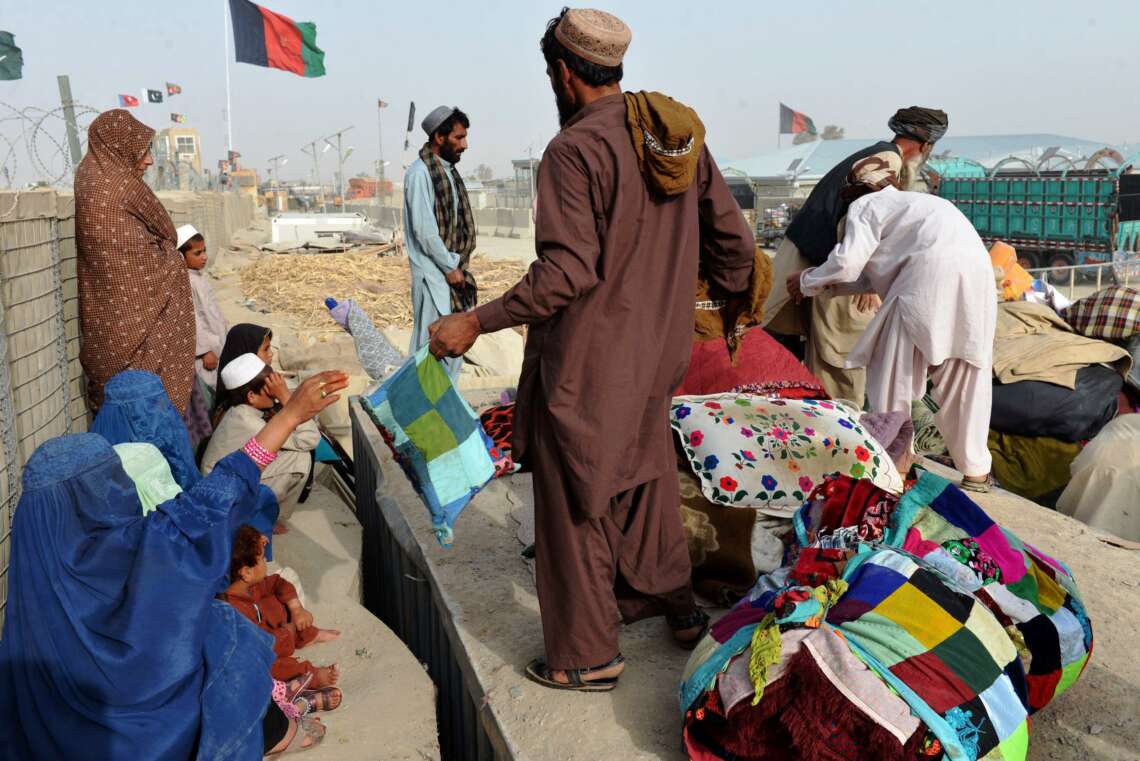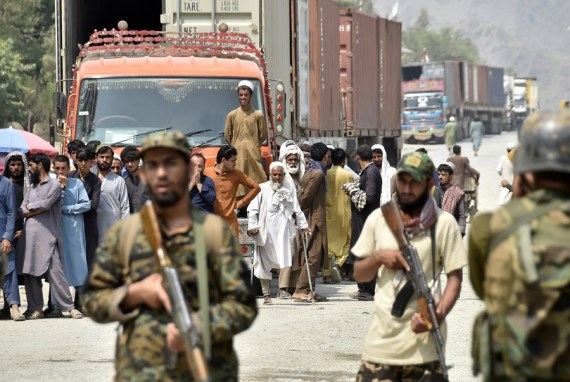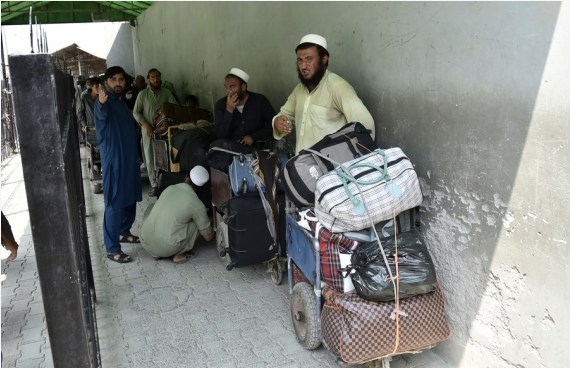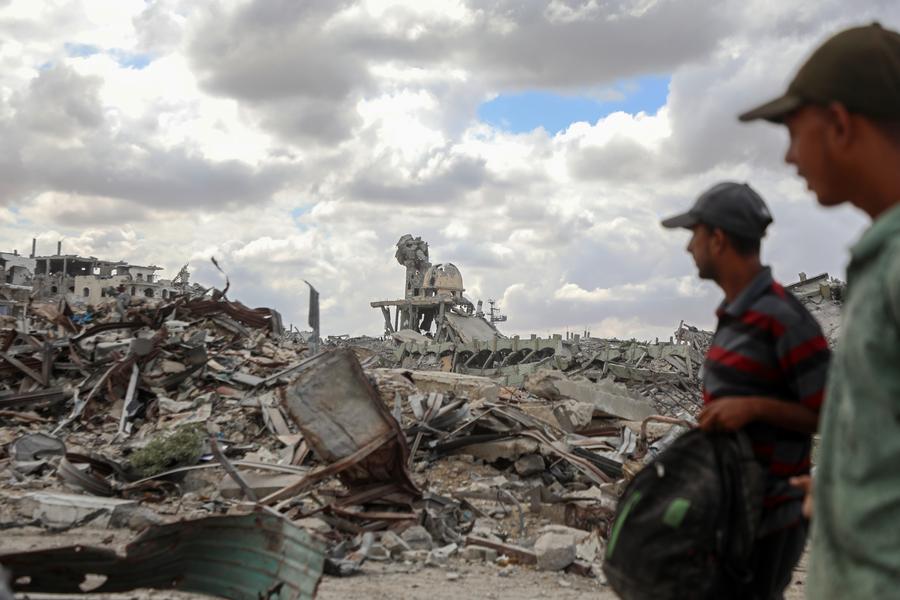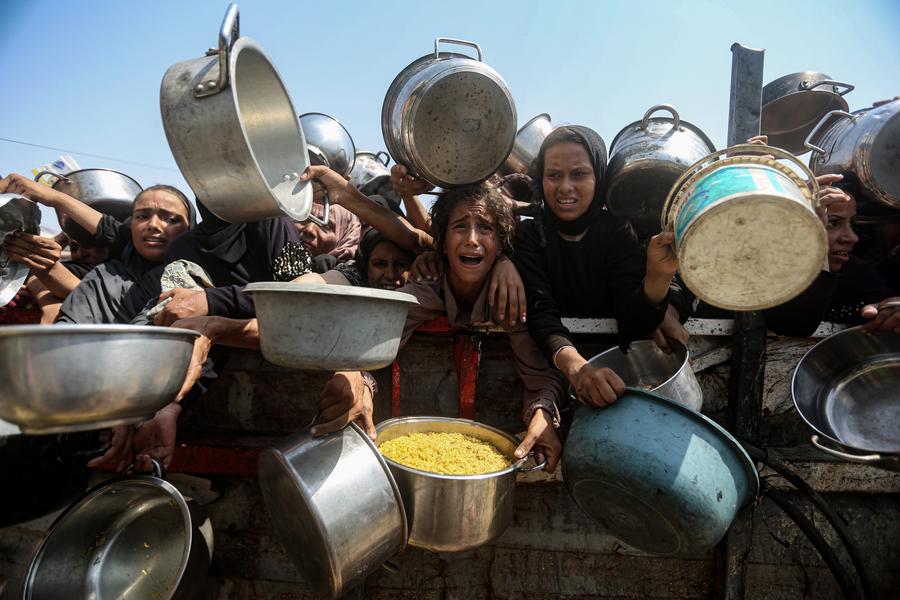From October 2021 through the end of January 2022, more than a million Afghans have fled to Iran as the economy has collapsed in the war-torn nation, The New York Times reported citing researchers…reports Asian Lite News
Aid organisations estimate that around 4,000 to 5,000 people are crossing into Iran each day, the report said.
Though many are choosing to leave because of the immediate economic crisis, the prospect of long-term Taliban governance — including restrictions on women and fears of retribution — has only added to their urgency.
“There’s an exponential increase in the number of people departing Afghanistan through this route, particularly given how challenging this journey is in the winter months,” said David Mansfield, a researcher tracking Afghan migration.
By his estimates, up to four times as many Afghans were leaving Afghanistan for Pakistan and then Iran each day in January compared with the same time last year, the report said.
The exodus has raised alarms across the region and in Europe, where politicians fear a repeat of the 2015 migrant crisis, when more than a million people, mostly Syrians, sought asylum in Europe, setting off a populist backlash.
Many fear that this spring as temperatures rise and the snow-covered routes become easier to traverse, a deluge of Afghans could arrive at the European Union’s borders.
Determined to contain migrants in the region, the European Union last fall pledged over $1 billion in humanitarian aid for Afghanistan and neighbouring countries hosting Afghans who have fled, the NYT reported.
“We need new agreements and commitments in place to be able to assist and help an extremely vulnerable civil population,” Jonas Gahr Store, the Norwegian Prime Minister, said in a statement at the UN Security Council’s meeting on Afghanistan last month.
“We must do what we can to avoid another migration crisis and another source of instability in the region and beyond.”
More than half of the population is facing “extreme levels” of hunger, UN Secretary-General Antonio Guterres, said last month.
ALSO READ: ‘US doing everything to facilitate delivery of Afghanistan aid’
“For Afghans, daily life has become a frozen hell,” he added.
Now with no immediate respite in sight, hundreds of thousands of people have fled to neighbouring countries.
Since the US withdrew troops and the Taliban seized power, Afghanistan has plunged into an economic crisis that has pushed millions already living hand-to-mouth over the edge.
Incomes have vanished, life-threatening hunger has become widespread and badly needed aid has been stymied by Western sanctions against Taliban officials, the report said.


